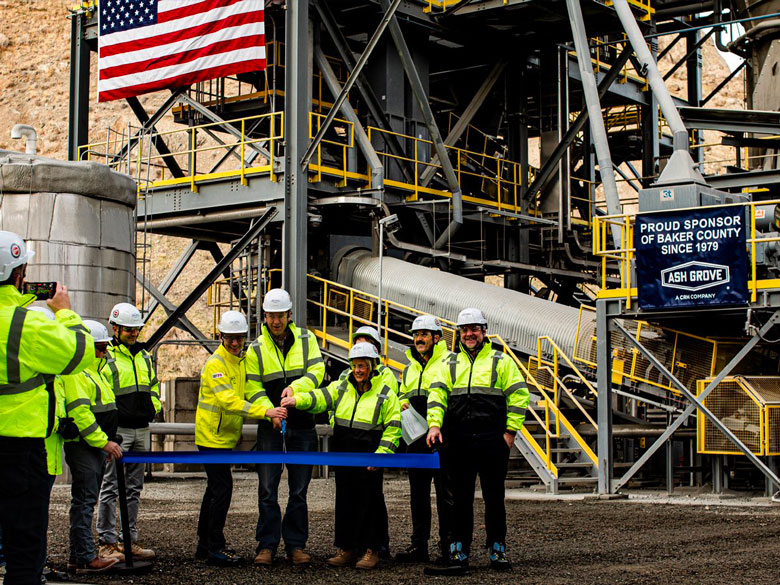The Cement Association of Canada (CAC) commended the Ontario government for its comprehensive and thoughtful discussion paper, “Ontario’s Climate Change 2015,” released by the Ministry of the Environment and Climate Change.
The association agreed with the paper on the need to rethink how we plan, build and power communities to transition to a low-carbon and resilient economy. CAC is an advocate of collaborative lifecycle-based decision-making processes that help optimize the value of investment in public infrastructure.
“As a sector that plays a significant role in providing solutions for buildings, transportation and energy, the cement and concrete industry is strongly supportive of integrated approaches to climate change mitigation and adaptation,” said Bruno Roux, CAC chairman and president and CEO of Lafarge Canada Inc. (Eastern Canada). “We welcome the government of Ontario’s broad and holistic view of the challenges and opportunities that exist to reduce GHGs and build a more resilient society.”
Michael McSweeney, CAC president and CEO, stated, “It is encouraging to see Premier Wynne’s government taking a leadership role to address the global threat of climate change. We are eager to do our part to further reduce GHGs, including through the proposed new regulation enabling the use of low-carbon fuels in our sector while maintaining cross-border competitiveness, and we look forward to working with the government to ensure the full environmental impacts are factored into key decisions in such areas as transportation, buildings and energy production.”
The cement and concrete industry has made significant progress in reducing its own carbon footprint, lowering its GHG intensity by almost 15 percent in the last 20 years while delivering sustainable solutions for above and below ground infrastructure, noted the association.
The sector is working to lower emissions even further. For example, Ontario has recently proposed a new regulation to enable the sector to increase the use of low-carbon fuels in cement kilns, a measure that is supported both by industry and several prominent environmental and health organizations. Once in place, this regulation will help the cement sector further reduce GHG emissions by up to 400,000 tonnes per year.



